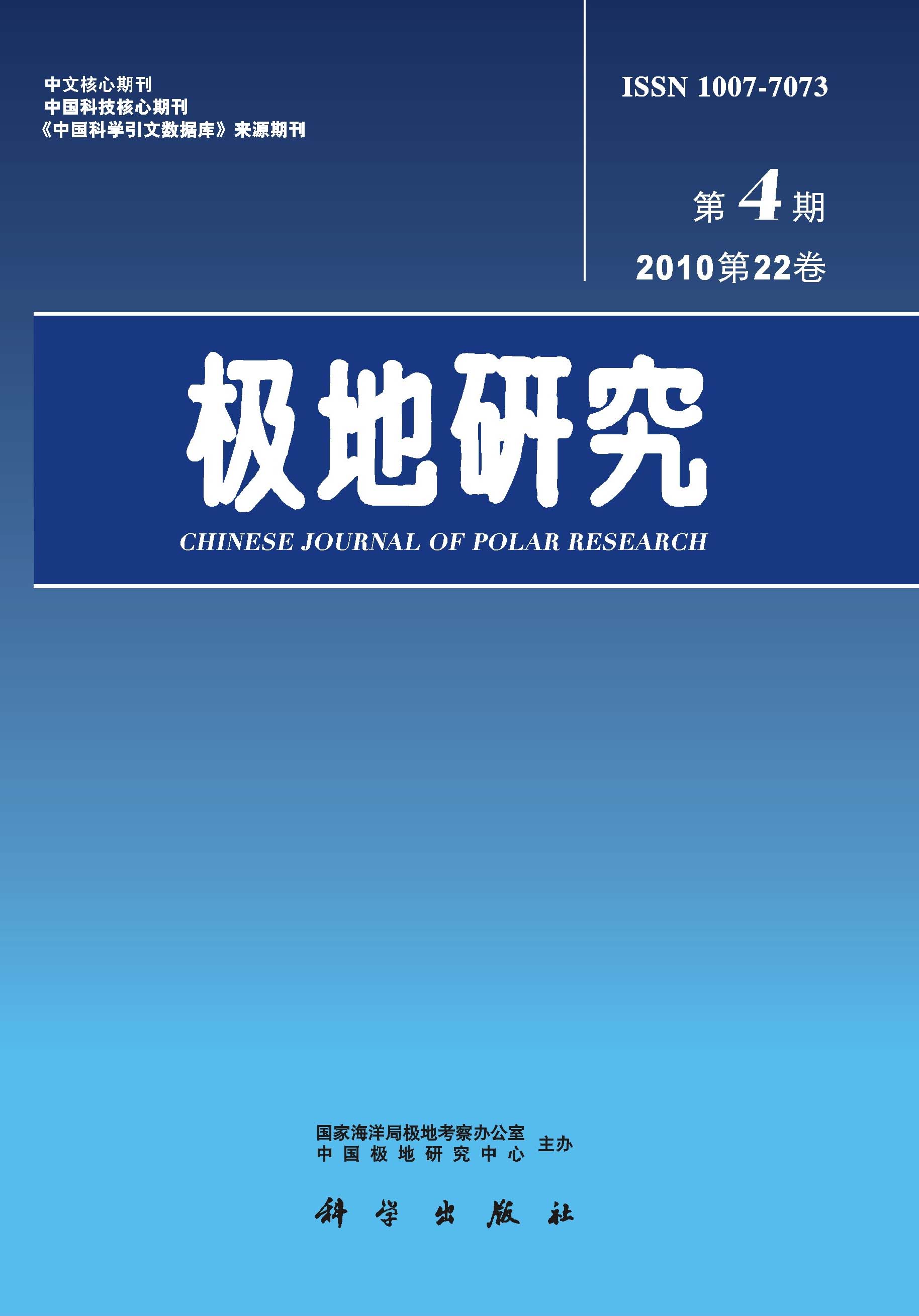Cretaceous volcanic rocks outcropped in the central part of Livingston Island consist of a basalt basaltic andesite andesite dacite association principally belonging to calc alkaline series and characters of low potassium and low Mg.Rocks are enrich in Rb,Th,Ba,little depletion in Zr,Ti,Hf,Nb,and more strongly depleted in Cr and Ni.Such enrichment (or depletion )became stronger and stronger combining with the magma evolving from basic to more acid member.The rocks are moderate enrichment in light rare earth element and with low (Ce/Yb) CN ratios.These rocks were formed at a orogenic environment being a part of the South Shetland magmatic arc.However,there should be more than one magma system which caused the distinguishable features of the volcanic rocks from different locations in Livingston Island. The Central Livingston Island was at a special tectonic setting,fan depositional environment, during Late Palaeozoic Early Mesozoic time.The volcanic rocks of the Mount Bowles Formation mainly outcropped at the Central Livingston and the Hannah Point differ from the Mesozoic Cenozoic volcanic rocks in other locations both in petrography and petrochemistry,therefore,they have been considered as the products of a local magma system which was controlled by both the proto Pacific plate subduction and local tectonic setting.The olivine basalts from Cape Shirreff are with high alkali and low silica contents and usually have high aluminum content.These features are much similar to the basalts in Byers Peninsula where volcanic activities lasted from late Cretaceous to middle Cretaceous and produced a calc alkaline series.Regionally,the volcanic activities continued and progressively migrated northeastwards,resulted in the dolerite plugs and sills formed,tonalite intruded finally.Pleistocene to Recent olivine basalt of the Inott Point Formation is distinctive from the volcanic rocks of Mesozoic ages by high alkai and low silica content in chemical composition,of which the high M value and the abnormal high Fo olivine xenocryst should be the indicators of a primary magma directly from a deeper magma chamber.

